How To Start An Online Store
- Why Start an Online Store?
- Types of Online Stores
- Traditional Stores
- Dropshipping
- Affiliate Marketing
- How to Start an Online Store
- Step 1 – Choose a Business Model
- Step 2 – Choose a Business Name
- Step 3 – Register Business Name
- Step 4 – Build your Website
- Step 5 – Start Marketing your Products
- Step 6 – Keep Moving
- Final Word: How to Start an Online Store
At some point, most of us think about starting our own business. And with technology, it has never been as easy as to start a business. One of the most common options for starting a business is to create an online store. In this article, we discuss how to start an online store and what pitfalls to avoid.
Why Start an Online Store?
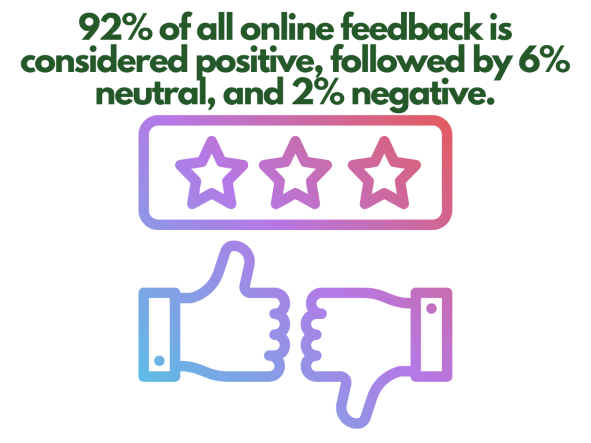
There are several reasons why you might want to start an online store. Some of the most common reasons include:
- Flexibility – to choose the products you want to sell at a price that you think customers will want to buy at.
- Passion – sell products you love to an audience you understand and can work with.
- Home-based – numerous online stores are run from lounges and kitchen tables.
- Business models – numerous business models can be deployed with an online store, so business owners can work with the model that they want.
Of course, there are also lots of reasons why some people will not enjoy working on an online store. Here are some downsides.
- Low profits – after marketing, buying suppliers, shipping, packaging, insurance, and other costs, profit margins can be relatively low.
- High competition – unless shop owners are going for very niche markets, there tends to be lots of competition making it hard to gain access to the market.
- High startup costs – except for a couple of models, the startup costs can be relatively high.
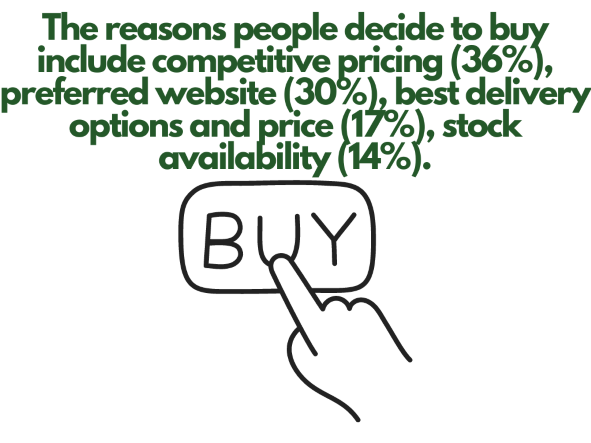
Types of Online Stores
There are also three types of online stores that someone might want to consider starting. These include.
Traditional Stores
The traditional store is one where a business owner buys in stock and then sells that to their customers. The store will hold stock, though sometimes it offers stock that it has on order, pre-order products, or backorder products. Traditional stores are the typical option for those looking to build an online brand within eCommerce.
| Pros: | Cons: |
|---|---|
| Easy to manage inventory | High startup costs |
| Control over shipping | Need space for storage |
| Control over the quality of products | More financial risk should nothing sell |
Dropshipping
Dropshipping is a style of eCommerce where you can build a website, and advertise a product and then when it is purchased, the merchant who stocks the product sends it out on your behalf. There are options to have the products sent with your branding on them as well. Print-on-demand is also a type of dropshipping, in most cases. There are plenty of dropshipping options and it has become a popular way for some brands to start their business.
| Pros: | Cons: |
|---|---|
| Easy to setup and manage | Lower profit margins |
| A low-cost option for those with no money | Loss of control over quality and shipping |
| Wide range of product choice | Requires frequent adjustments to work |
| Don’t need large facilities |
Affiliate Marketing
There is also an option where you can have an online store which is an affiliate marketing store. What you do is create a store and instead of having the products purchased through your store, the customer is taken to the merchant’s checkout to make the purchase. It isn’t very often used, but it is an option.
| Pros: | Cons: |
|---|---|
| Easy set up and management | Low commissions on some products |
| A low-cost option for those with limited funds | Loss of control over quality and shipping |
| Wide range of potential products to sell | Need to be accepted into affiliate programs, which can be challenging |
| Don’t need large facilities |
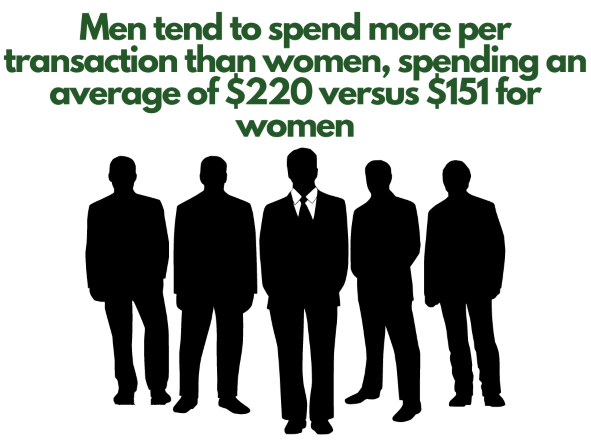
How to Start an Online Store
If you’ve been reading the above notes and think that you could start an online store, here are the instructions for you to get your online store up and running.
Step 1 – Choose a Business Model
The first thing that you need to do is to choose the business model that you want to operate under. Above are three types of online stores that you can choose for your business. Traditional and dropshipping are the two most common. Affiliate marketing is not that common and is harder to complete. You might want to try one of the others before you can do that.
At the same time, you should be choosing what you want to sell. Complete a business plan, in which you choose the product, marketing avenues, and other aspects that make your business function.
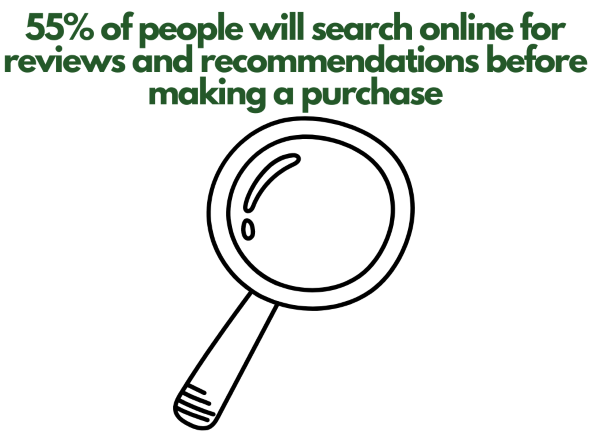
Step 2 – Choose a Business Name
Now you need to choose the business name for your brand. There are so many options for choosing a business name. Ensure that the name that you have is not in use by another business. Otherwise, you could find yourself confusing your business’ audience or being taken to court over the use of the name.
To check whether your name is already in use, check with the state’s business register, social media, domain checker, and Google.
Step 3 – Register Business Name
It is best to register your business name, whether you want to register your business as an LLC or just as a partnership. Registering your business name prevents others from using your business name in their operations.
At the same time, you want to ensure that you are registering your domain name. A domain name is like an address for a property. There can only be one website for each domain name. You want to buy a domain with as many extensions as possible. For example, if you want to have onlinestore as the domain name, then you will want the .com, .org, .net, .co.uk, .shop, and others.
Step 4 – Build your Website
Start building your website as soon as possible. During this process, you want to start to reach out to your suppliers and start to get some agreements in place. If you’re an LLC you will get better credit rates than if you’re a sole proprietorship.
Building your website can take time. You might want to try using Shopify, Wix, Squarespace or WooCommerce. These are the easiest options for creating a website.
On each page, you want to ensure that you have a keyword supporting two to three secondary keywords. For any products, you’re adding, try to add numerous photos and then at least one video. This can help your website to convert more traffic.
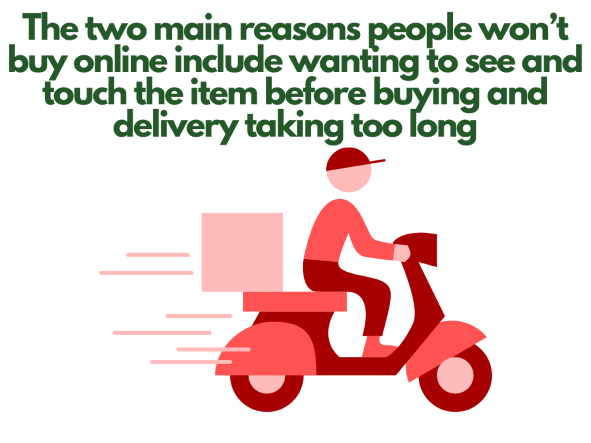
Step 5 – Start Marketing your Products
You need to start marketing your brand and your products. There are several ways to market your products. For instance, you can build a social media following. However, two options are going to perform better than any other digital channel: email and SEO.
SEO should be at the forefront of your website design. Email marketing is more challenging as you need to get subscribers to your mailing list. But once you’ve built a strong mailing list, you can find that nearly one in three sales will be made via email marketing.
Step 6 – Keep Moving
One of the easiest things to do with an online store is to sit back and wait for orders or be satisfied with your current orders. This approach is wrong. You want to be thinking of the next promotion, the next product to come out, and what you want to remove. Low-selling products or low-profit products should be removed, new trends should be incorporated and you should continuously try to reach new audiences.
Final Word: How to Start an Online Store
Do you want to know how to start an online store? The above are the instructions you need. Follow these to have a higher chance to make a career out of being an online store owner.
For some ideas - check out our store name generator
Ideally, you want to have your profit margin be at least 40-60% of the retail price. However, this is not always possible, and sometimes you might need to drop to 30%, especially during sale periods.







